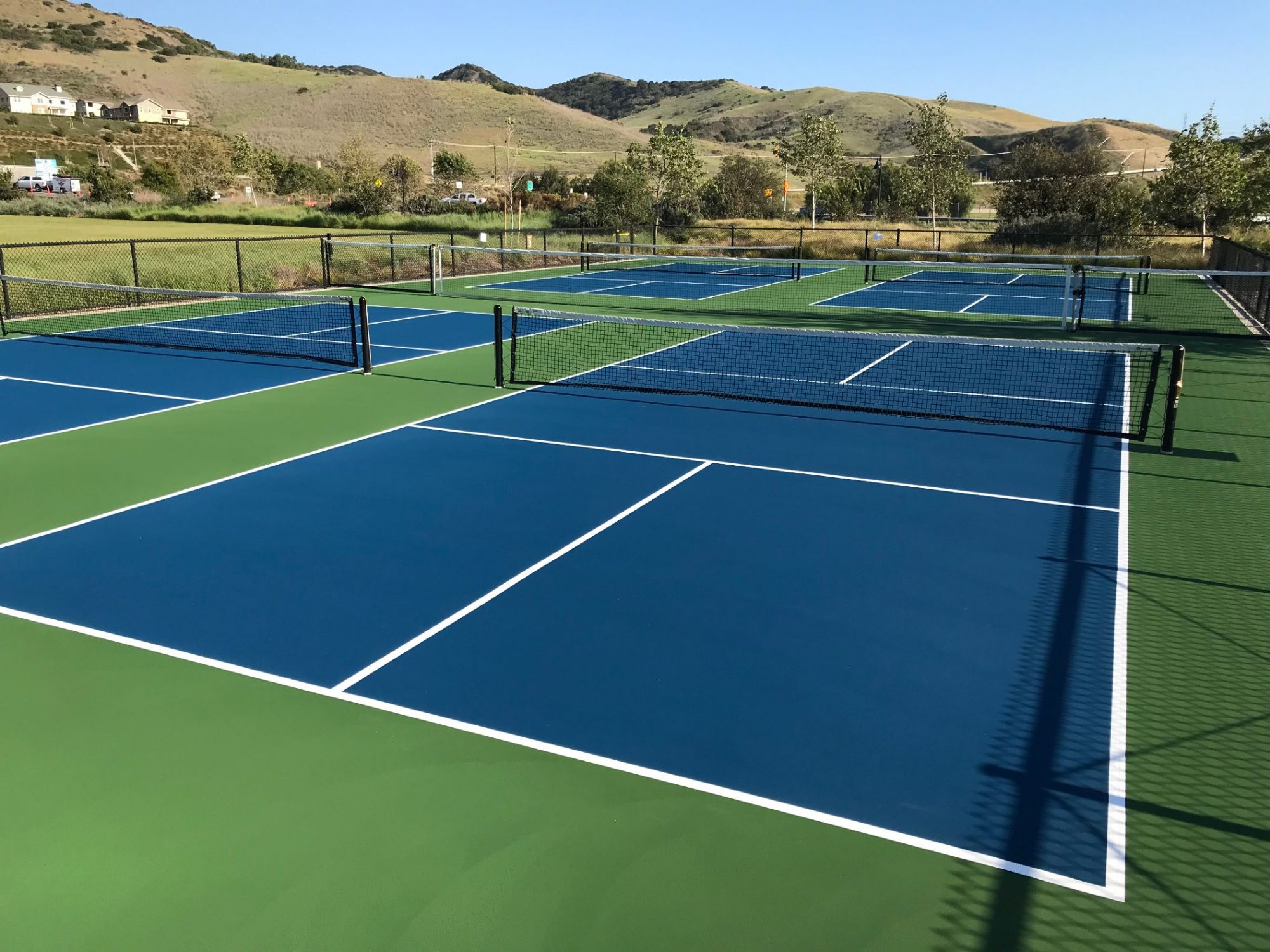Navigating Rules for Pickleball Court Building in Your Location
Building a pickleball court in your area requires a nuanced understanding of different local regulations, consisting of zoning legislations, building permits, and safety and security criteria. Involving with regional authorities and the area is crucial for ensuring compliance and fostering assistance.
Recognizing Local Zoning Regulations
When considering the building and construction of a pickleball court, understanding local zoning legislations is crucial to ensuring conformity and preventing prospective legal issues. Zoning guidelines dictate how land can be used and frequently include requirements pertaining to entertainment facilities. These regulations can vary considerably by district, affecting factors such as court placement, size, lights, and sound degrees.
Before initiating construction, it is important to seek advice from the neighborhood zoning board or preparation division to establish the details laws that relate to your building. Particular areas might limit recreational activities, while others may need particular permits or adherence to specific standards. It is likewise crucial to think about obstacles, which figure out how much frameworks should be from residential property lines or various other structures.
Furthermore, exclusive developments, such as homeowner associations (HOAs), might impose their own rules pertaining to the building and construction and use of pickleball courts. Comprehending these policies can avoid pricey alterations or litigation down the line. Involving with local stakeholders and community members can offer beneficial insights and foster assistance for your job, guaranteeing that it lines up with the area's assumptions and requirements.
Obtaining Necessary Building Allows
Just how does one navigate the intricacies of getting needed structure licenses for a pickleball court? Generally, you will certainly require to submit a comprehensive website strategy that describes the suggested court measurements, products, and design.

When permits are gotten, it is important to abide by any inspection routines and needs throughout the building phase. Preserving interaction with local authorities will certainly promote a smoother approval process and aid avoid potential obstacles. By extensively preparing and understanding the allowing landscape, you can successfully navigate the complexities associated with building a pickleball court while continuing to be certified with all regional regulations.

Assessing Environmental Impact
An extensive evaluation of environmental influence is important when intending the construction of a pickleball court. This evaluation helps identify possible impacts on regional ecological communities, water sources, and neighborhood aesthetics. Secret variables to think about consist of website selection-- making certain that the court is not built on ecologically sensitive land, such as wetlands or habitats for threatened types
Soil security and water drainage patterns need to be examined to avoid erosion and water pooling, which could negatively impact surrounding vegetation and wildlife. Additionally, the choice of products is important; choosing sustainable and environment-friendly alternatives reduces environmental damage.
The implementation of reliable stormwater monitoring practices is another important facet, as it assists alleviate overflow and sedimentation. Involving with neighborhood ecological companies can give valuable understandings right into guidelines and finest practices details to your location.
Last but not least, area input can be helpful in comprehending any type of local ecological concerns and promoting assistance for the task. By carrying out a thorough ecological impact evaluation, stakeholders can make sure that pickleball court construction lines up with lasting methods and contributes positively to the neighborhood's ecological health.
Adhering To Safety And Security Criteria
Guaranteeing compliance with security criteria is vital home for the effective construction and procedure of a pickleball court. Sticking to well established safety and security policies lessens the threat of accidents and injuries, ensuring a safe environment for players.
Secret safety criteria include proper court measurements, surface area products, and illumination needs. The court has to fulfill the main dimensions of 20 feet vast by 44 feet long for increases play, with proper buffer areas to stop injuries from errant rounds. Pickleball court construction. The surface must be created from non-slip materials to enhance traction and reduce the probability of drops
Furthermore, illumination must be appropriate for evening play, offering consistent lighting to avoid darkness that can impede presence. Regional building ordinance may also dictate particular needs for fence and net elevation to make certain gamer security and prevent unauthorized access to go to my site the court location.
Routine assessments and maintenance are vital to support these criteria with time. By focusing on safety and security compliance, court proprietors not just shield gamers but additionally foster a positive credibility within the community. This dedication to safety can encourage better participation and satisfaction of the sporting activity, inevitably adding to its growth and sustainability.

Engaging the Community in Planning
Neighborhood involvement in the planning phases of pickleball court building and construction can dramatically boost the task's total success. Engaging regional residents and stakeholders fosters a sense of ownership and urges joint decision-making, which can bring about broader support for the campaign.
To efficiently involve the neighborhood, coordinators should initiate public conferences or workshops, offering a platform for locals to articulate their opinions and choices concerning location, design, and services. Studies and feedback kinds can likewise be made use of to gather understandings from a larger audience, making sure that diverse point of views are thought about.
Furthermore, developing a neighborhood advisory board can facilitate ongoing discussions and address worries throughout the preparation process. This board can include representatives from numerous demographics, such as local institutions, recreational companies, and neighborhood watch, thereby magnifying community representation.
Efficient communication is key; updates regarding the project need to be on a regular basis shared by means of e-newsletters, social media sites, or neighborhood publications. By prioritizing community involvement, planners can grow interest, minimize possible opposition, and produce a pickleball facility that absolutely resonates with neighborhood values and requirements. This collective strategy not only enriches the task however also reinforces community connections.
Verdict
To conclude, navigating the complexities of pickleball court building and see this website construction demands a comprehensive understanding of local laws, including zoning regulations, building authorizations, and security criteria. Carrying out ecological assessments is necessary to alleviate ecological influence, while community interaction can improve support for such jobs. By adhering to these standards and fostering collaboration, successful application of pickleball courts can be achieved, advertising recreational opportunities and area well-being. Proceeded persistance in these locations will make sure compliant and sustainable advancement.
Building a pickleball court in your area needs a nuanced understanding of numerous neighborhood guidelines, consisting of zoning laws, building authorizations, and security standards.When taking into consideration the construction of a pickleball court, recognizing neighborhood zoning legislations is critical to ensuring compliance and staying clear of possible lawful concerns. By completely preparing and comprehending the permitting landscape, you can effectively browse the intricacies involved in creating a pickleball court while continuing to be certified with all regional laws.
In final thought, navigating the intricacies of pickleball court building and construction necessitates an extensive understanding of local regulations, consisting of zoning regulations, building authorizations, and security requirements. By adhering to these guidelines and fostering cooperation, successful application of pickleball courts can be attained, promoting entertainment opportunities and community well-being.